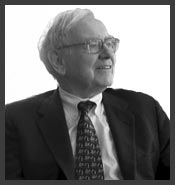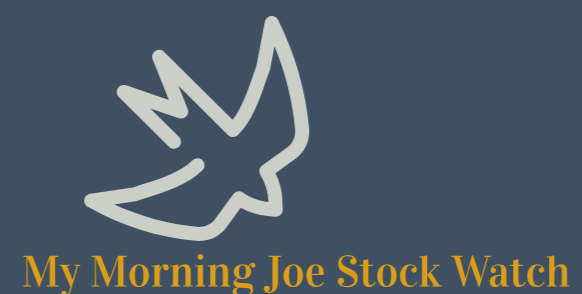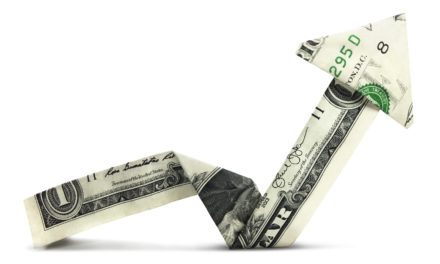
“I buy on the assumption that they could close the market the next day and not reopen it for five years.”
— Warren Buffett
The above quote from Warren Buffett is timeless, and brings into focus the choice about time horizon that any investor should think about before buying a stock they are considering. Behind every stock is an actual business; what will that business look like over a five year period?
Today, let’s look backwards in time to 2020, and take a look at what happened to investors who asked that very question about Union Pacific Corp (NYSE: UNP), by taking a look at the investment outcome over a five year holding period.
| Start date: | 03/31/2020 |
|
|||
| End date: | 03/28/2025 | ||||
| Start price/share: | $141.04 | ||||
| End price/share: | $232.15 | ||||
| Starting shares: | 70.90 | ||||
| Ending shares: | 79.01 | ||||
| Dividends reinvested/share: | $24.10 | ||||
| Total return: | 83.41% | ||||
| Average annual return: | 12.91% | ||||
| Starting investment: | $10,000.00 | ||||
| Ending investment: | $18,338.89 | ||||
The above analysis shows the five year investment result worked out quite well, with an annualized rate of return of 12.91%. This would have turned a $10K investment made 5 years ago into $18,338.89 today (as of 03/28/2025). On a total return basis, that’s a result of 83.41% (something to think about: how might UNP shares perform over the next 5 years?). [These numbers were computed with the Dividend Channel DRIP Returns Calculator.]
Notice that Union Pacific Corp paid investors a total of $24.10/share in dividends over the 5 holding period, marking a second component of the total return beyond share price change alone. Much like watering a tree, reinvesting dividends can help an investment to grow over time — for the above calculations we assume dividend reinvestment (and for this exercise the closing price on ex-date is used for the reinvestment of a given dividend).
Based upon the most recent annualized dividend rate of 5.36/share, we calculate that UNP has a current yield of approximately 2.31%. Another interesting datapoint we can examine is ‘yield on cost’ — in other words, we can express the current annualized dividend of 5.36 against the original $141.04/share purchase price. This works out to a yield on cost of 1.64%.
One more investment quote to leave you with:
“As in roulette, same is true of the stock trader, who will find that the expense of trading weights the dice heavily against him.” — Benjamin Graham




